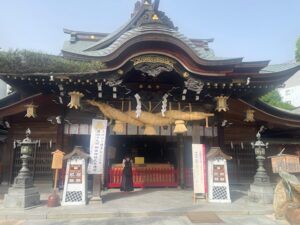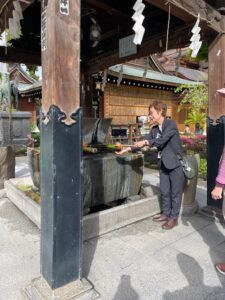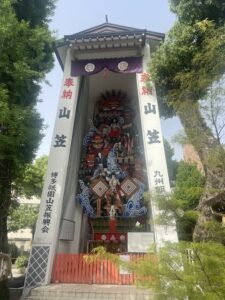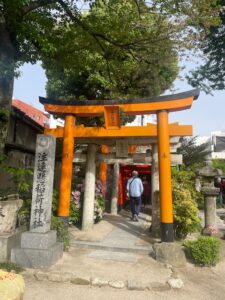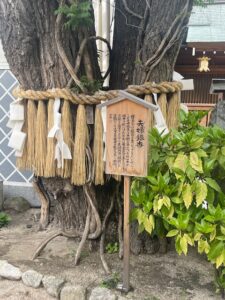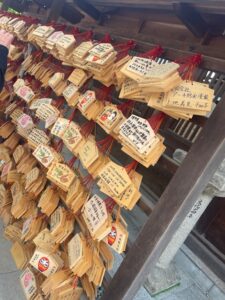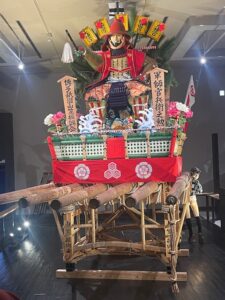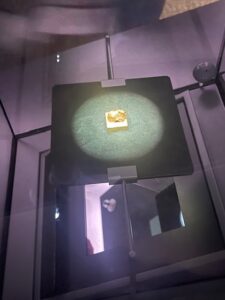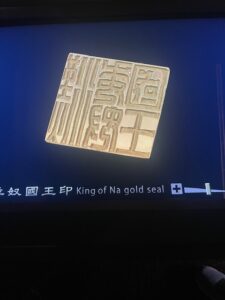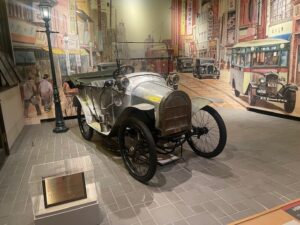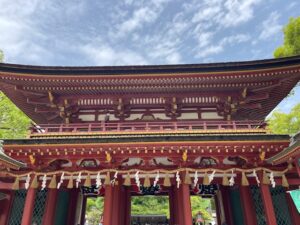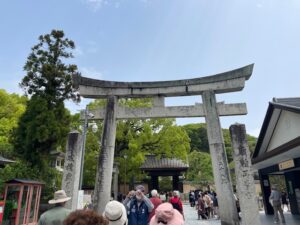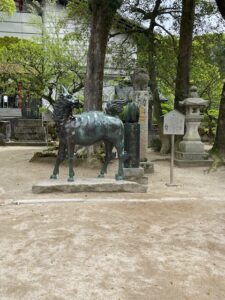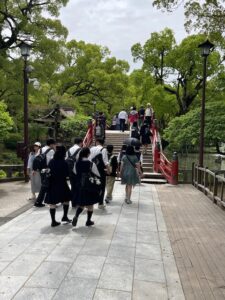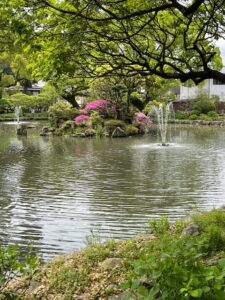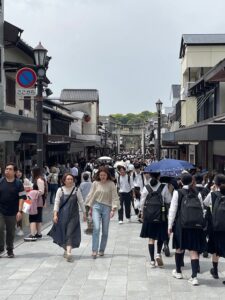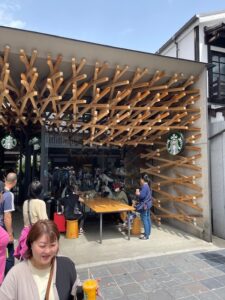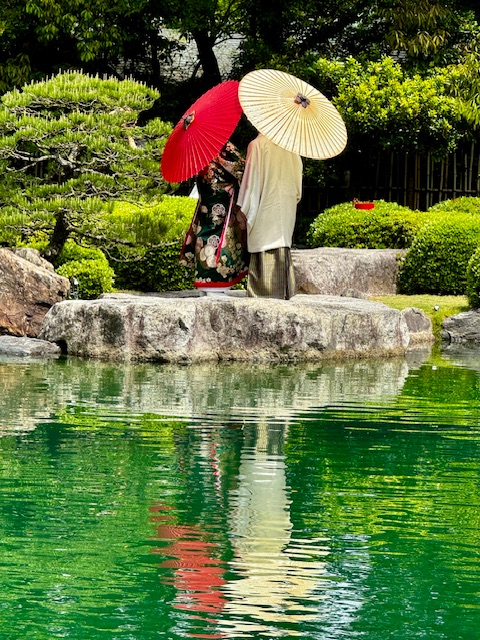
With a population of 1.64 million people, Fukuoka is Kyushu’s largest city and serves as a major international and domestic gateway to the island. On the northern coast of Kyushu, it lies closer to Seoul, Korea, than to Tokyo. During Japan’s feudal days, Fukuoka was divided into two distinct towns separated by the Nakagawa River. Fukuoka was where the samurai lived since it was the castle town of the local feudal lord. Merchants lived across the river in Hakata, the commercial center of the area. Both cities were joined in 1889 under the common name of Fukuoka. Fukuoka’s main train station, however, is in Hakata and is therefore called Hakata Station. Today, Fukuoka is a modern, internationally oriented commercial and business center with a highly developed port and coastal area.
Fukuoka in compact in size and was voted the most livable city in Japan due to its ease to get around in and its beautiful infrastructure. It is famous for its ramen noodles and Yamakasa Festival. The Japanese love their baseball and the local team here “The Hawks” are highly revered. Our guide today told us that there are three hopes for Japanese looking to marry. They are high education, high salary and high height…I found that very interesting…since the pandemic she stated that the highs have since come down to mediums. 🙂
Our day began at the Kushida Shrine, located in the city center. The facility plays host to the Gion Yamakasa festival. This is a race for seven teams to complete beautifully-decorated festival floats which are then pulled along the street for all to enjoy. The participants are not allowed to have intercourse or cucumbers for two weeks prior to the event. I guess one is to save energy and the other has something to do with the seeds and core of the cucumber. Go figure. At any rate, we saw some of these previous floats at the shrine and also some at the museum.
Our next stop was the Fukuoka City Museum which was very informational and enjoyable. Their most prized possession is the Gold Seal (stamp) from the Chinese Emperor of the Han Dynasty. This seal has been designated as a National Treasure of Japan. The seal had been buried in Shikanoshima Island in Fukuoka and was rediscovered in 1784. Experts believe that the seal was originally cast in China and was gifted by Emperor Guangwu of Han to a diplomatic enjoy from Japan AD57. The seal is mentioned in many Japanese textbooks, as it is considered a key indicator of how the Japanese nation came into being. There were many artifacts from centuries ago on display in the museum that focused on the history and folk cultures of the area.
Our last stop was the Dazaifu Tenmangu Shrine, which is built over the grave of Michizane Sugawara in Dazaifu City and now it is widely known as one of the most famous shrines for the god of studies, sincerity and warding off evil. Every year, approximately eight million people visit the shrine. There are three bridges to the shrine and we were told not to look back when crossing the bridges. One was for today, one for the past, and one where you cannot stumble. The area in to and out of the shrine is lined with shopping and restaurants. When we were there, there was a large contingent of students present. We had some free time to shop up and down the street in front of the shrine and enjoyed a warm spring day .
Today upon returning to the ship, we learned that there is another outbreak of Covid on the 7th and 8th decks of the ship. We are on 8…fingers crossed that we can dodge that bullet again. Our coughs from a few weeks ago never developed into Covid but the immigration areas screen daily for anyone running a temperature. Likely, that is how passengers get busted and are diagnosed with Covid. We would very much like to continue to enjoy Japan without illness. One of the highlights for me, so far…are the toilets are…especially after China. Here in Japan, the seats are routinely heated, you can add music for privacy and there is always someone in the bathroom cleaning up after each persons use. I’m currently on a restroom high!
Today’s fun fact: Many of the school girls carrying backpacks have small stuffed animals hanging from them. I was trying to figure out whether these were status symbols, a fad, hints as to who they are or something else. These small stuffed toys are absolutely everywhere we stop and shop. You can see them in some of the pictures I’ve been posting. I’ll get back to you when I get an answer to that question. We also noted today that there are a lot of owls on things in every shop. Apparently, they represent happiness here in Japan. And…we see thousands of those waving cats (you know the ones, one hand manically waving the other stationary) you see in every nail salon in America…finally asked about what that represented and its a “welcome”. Duh. Are you curious about anything? I’ll ask. 🙂
